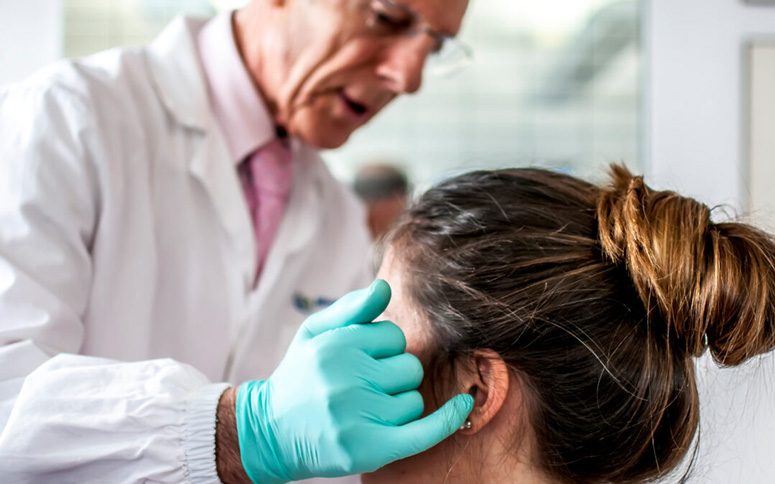Trigeminal Neuralgia and How to Diagnose

Trigeminal neuralgia (TN) is a nerve disorder that is usually accompanied by recurrent bouts of stabbing, sudden, and brief facial pain. Studies show that these brief pain attacks are usually triggered by touching the face, eating, wind, or cold. You may feel regular pain for a few weeks and feel no pain for weeks, months, or years. Also known as tic douloureux, trigeminal neuralgia occurs due to the compression of the trigeminal nerve close to its origin in the skull.
Trigeminal neuralgia is usually diagnosed based on the symptoms you experience. While most diagnosis are usually done by an emergency room physician or a general practitioner, the final treatment and diagnosis is done by a neurologist. The major symptom of trigeminal neuralgia is moderate to severe pain. The pain is usually:
- Sudden and shock-like
- Brief (lasting seconds to minutes)
- Usually occurring on one side of the face
- Comes and goes
- Is often triggered by minor facial sensations such as touching the cheek, vibrations, cold, wind, brushing teeth, eating, or talking
Your doctor will fist check your family history to know if you are genetically predisposed to the condition. Your doctor will perform a physical examination of the neck and head, and a neurological examination. Neurological examination is done for people with idiopathic neuralgia. Your healthcare provider may also carry out some reflex tests, like weakness in any of the facial muscles or loss of corneal reflex in the eye (blinking) may indicate symptomatic neuralgia.
If your pain is mild and persistent, your doctor may recommend magnetic resonance imaging (MRI) with contrast dye to scan the head. The MRI will help rule out secondary causes from a diagnosis of idiopathic trigeminal neuralgia.
Let’s take a look at 10 most effective treatment methods for trigeminal neuralgia:













